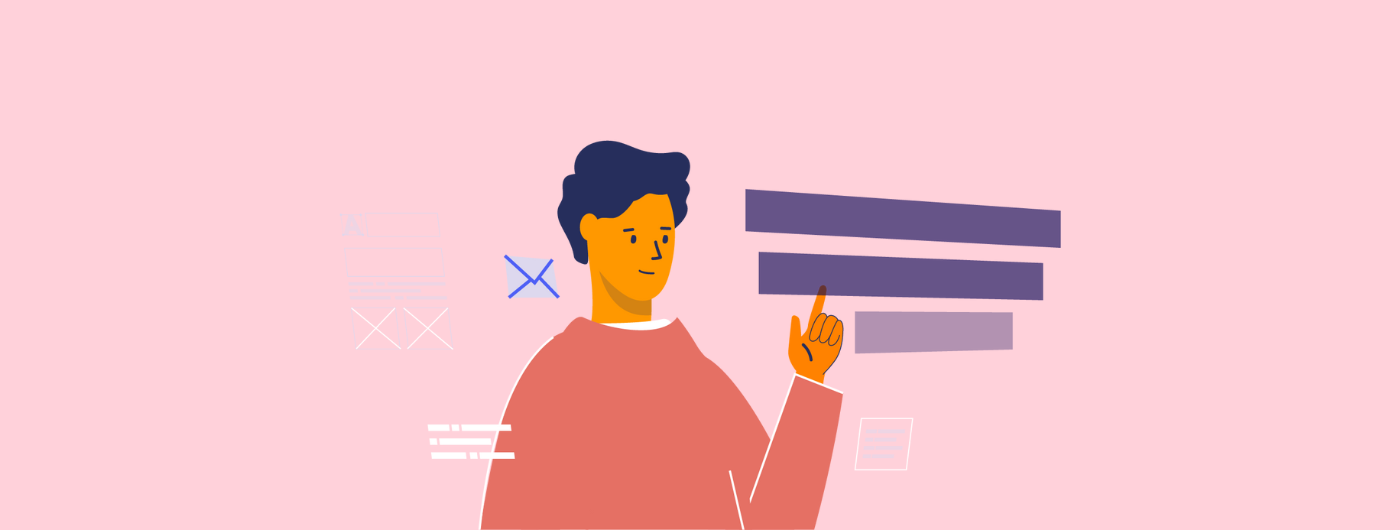
In the last post, I talked about how I read The Life-Changing Magic of Tidying Up, where I found inspiration for a new way to look at content. As I was going through the chapters, I also found inspiration for my office space.
An office space is really important to me. It’s where you spend the highest ratio of your day. It’s where you invest your time and energy. For me, I feel like that should really be reflective of who you are and it should be treated as a space for creation. This is why I’m a little horrified when I walk into a dull space or a place with harsh overhead lighting and industry carpeting.
Is this really the best we can do for ourselves? We’re not machines. We’re living, breathing people. We’re organic beings that need to be in a space equally organic. I would say that while not everyone agrees with this rather new-age way of thinking about working spaces, it is the driving idea behind why we’ve seen a rise in creative office spaces: it’s a collective attempt to take back our space and inject humanity into the workspace.
The Life-Changing Magic of Tidying Up helped with that.
As someone who works in content, physical content rises up around me in to form of books, magazines, journals, papers and more papers. It’s never ending. Earlier this year I decided to take back control and slowly started digitizing as much as possible. But still, it’s a losing battle most days. The Life-Changing Magic of Tidying Up helps with that problem.
Surprisingly, the book didn’t advocate spending a few minutes everyday tidying up, arguing that if that’s the case you’ll be tidying up forever. I thought that was rather refreshing. Instead, it recommended purging what hasn’t been used and isn’t necessary. It also taught you to look for red flags in your own thought process. So for example, if you’re saying “I’ll get to that soon…I still want to learn from it,” in response to some seminar material from years ago, that should be a red flag for “you’ll never get to it.” As a rule, we don’t revisit materials like that. Same goes for convention or expo materials, including flyers, business cards, brochures, print outs (and I’d say, even magazines and journals that we try to learn from). If you don’t get to it in a timely way, you’ll never get to it.
This brings to me process. As a writer, I cannot just throw away very good articles and journals I could be learning from. I’m sure most of you have the same problem in some way or another. So this is my solution: make time for it daily. If that’s a collective meeting hour you all set aside to get together in one room to do this, then make it happen. If going through material needs to be your morning coffee ritual, then make that happen. The bottom line is, you’ve got to figure out a way to make your space your own, and functional in a way that doesn’t overwhelm you. And that involves humanizing and personalizing the process too, but turning process into ritual.
For me, that includes treating the space with the love and care I would my vanity or bedroom. And that is another tidbit from the book: decorate your space with special items. When you’re treating your space with respect, whether through cherished pieces of furniture, pictures, or knick-knacks, you’re personalizing that space. Once you’ve personalized it, that space becomes harder to violate even by you. It’s no longer just a spot to work in from 9-5; it’s a place for your craft, and it should inspire joy.

![[外貿干貨] 想讓客戶回信?先別談產品,用這50句「看見他」的話打開局面](https://www.benchmarkemail.com/tw/wp-content/uploads/sites/8/2025/06/1.15配图2.webp)
